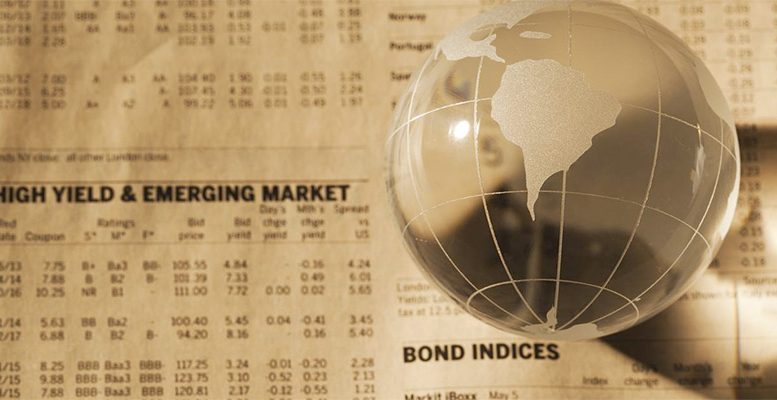Caixabank Research | The current expansionary phase in the US economy is on course to be the longest in history and so far has avoided upheavals. Nevertheless, over recent years, it has produced financial imbalances, especially in the corporate sector, which could destabilise the economy as a whole in an adverse economic scenario. Below we analyse it in more detail.
Risk is concentrated in corporate debt
In recent years, the debt of non-financial companies has increased significantly, to levels similar to those of 2007. In part this increase has been sustained by company profits, favoured by the tail winds of global economic expansion, and in a low interest rate environment, which makes debt costs more bearable. In this sense, some institutions, like the IMF, claim that company balance sheets, in general, are in a good place. However, this positive vision coexists with some signals which point to a deterioration in the quality of corporate debt and to greater risk taking in some market segments. In particular they highlight: the indebtedness of companies with a poor credit profile, the reduced use of clauses that protect lenders and the increase of debt issued by highly indebted companies.
There is ample evidence in the increase of debt of companies with a poor credit profile. For example, debt with a credit rating of BBB is at historic highs. This is specially relevant because, normally, when the economy enters recession a large part of this debt suffers a deterioration in its credit rating and ends in junk grade. This forces many of its holders, like investment funds or insurance companies, to sell it as, for regulatory reasons, they have a maximum limit on the junk grade assets they can hold in their portfolios.
There are also indications that investors are less protected against risk. Normally, when a company issues bonds, the lenders are protected by various clauses (like, for example, the obligation on the issuer to maintain debt ratios below a certain level or to limit the users to which the debt issued can be put). However, as the OECD and IMF have pointed out, the use of these clauses has reduced continually since 2002, above all in assets which involve the greatest risk (like, for example, corporate debt with a junk bond rating).
Finally, the recent increase in debt by companies which are already highly indebted (known as leveraged loans) is particularly worrying, given that this increases the chances of non-payment. In particular, according to IMF data, the debt accumulated by these companies has doubled between 2007 and 2008, from 0.6 Tn$ to 1.2 Tn$. In addition, leveraged loans tend to be re-packaged into new assets (so-called collateral loan obligations or CLOs), which are then sold in the secondary market. This process of securitisation of leveraged loans recalls the securitisation of mortgages which was at the centre of the 2008 financial crisis, with which, among others, the lender has less incentive to carry out an exhaustive analysis of the solvency of the company issuing the original debt. However, different analyses, like those elaborated by the Fed, suggest that the financial structure of CLOs is more robust and that they do not represent a major source of systemic risk (in fact, the CLO market held up pretty well in the 2008 turbulence).
Household debt if not a source of systemic risk
As a whole, household debt is a less worrying source of systemic risk than before. Various factors contribute to this conclusion: on the one hand, households have significantly deleveraged compared to the levels of the financial crisis. On the other hand, the quality of mortgage debt, the main component in household indebtedness, has improved and new mortgages are conceded to households with a more solvent profile. While between 2004 and 2007 the average percentage of mortgages given to households with a credit score of 6 or less was 23%, in Q119 this was only 10%. Moreover, the concession of mortgages to households with the highest credit rating was 56% compared to 25% in the years before the financial crisis.





